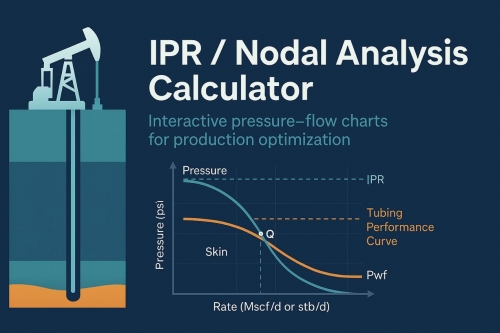Winches and brakes are essential pieces of equipment in the oil and gas industry. They are used for a wide variety of tasks, including lifting and lowering heavy loads, pulling and tensioning cables, and positioning equipment.
When selecting a winch or brake for oil and gas applications, it is important to consider the following factors:
- Capacity: The winch and brake must have the capacity to handle the maximum load that will be placed on them.
- Duty cycle: The winch and brake must be able to withstand the expected duty cycle, which is the frequency and duration of use.
- Environmental conditions: The winch and brake must be able to operate in the expected environmental conditions, which may include extreme temperatures, dust, and moisture.
Winch Capacity
Winch capacity is typically measured in pounds of line pull. This is the maximum force that the winch can generate to pull a load. When selecting a winch, it is important to choose one with a capacity that is greater than the maximum load that will be placed on it.
Brake Capacity
Brake capacity is typically measured in pounds-feet of torque. This is the amount of torque that the brake can generate to stop and hold a load. When selecting a brake, it is important to choose one with a capacity that is equal to or greater than the capacity of the winch.
Oil and Gas Applications
Winches and brakes are used in a wide variety of oil and gas applications, including:
- Drilling: Winches are used to lift and lower drill pipe and other drilling equipment.
- Completion: Winches and brakes are used to position and install well completion equipment.
- Production: Winches and brakes are used to lift and lower pumps, valves, and other production equipment.
- Maintenance: Winches and brakes are used to lift and lower heavy equipment for maintenance and repair purposes.
Safety Considerations
It is important to follow all safety precautions when using winches and brakes in oil and gas applications. This includes:
- Inspecting the winch and brake regularly for wear and damage.
- Using the winch and brake in accordance with the manufacturer's instructions.
- Overloading the winch or brake.
- Operating the winch or brake in unsafe conditions.
Conclusion
Winches and brakes are essential pieces of equipment in the oil and gas industry. By selecting the right winch and brake for the job and following all safety precautions, operators can ensure that they are using these tools safely and effectively.
Additional Information
In addition to the factors listed above, there are a few other things to consider when selecting a winch and brake for oil and gas applications:
- Type of winch: There are a variety of different types of winches available, including electric, hydraulic, and pneumatic winches. The type of winch that is best suited for a particular application will depend on the specific requirements of that application.
- Type of brake: There are also a variety of different types of brakes available, including band brakes, disc brakes, and drum brakes. The type of brake that is best suited for a particular application will depend on the specific requirements of that application.
- Accessories: A variety of accessories are available for winches and brakes, such as wire rope guides, fairleads, and hooks. The selection of accessories will depend on the specific application.
When selecting a winch and brake for oil and gas applications, it is important to consult with a qualified engineer or manufacturer to ensure that the right equipment is selected for the job.

%20(1).png)



